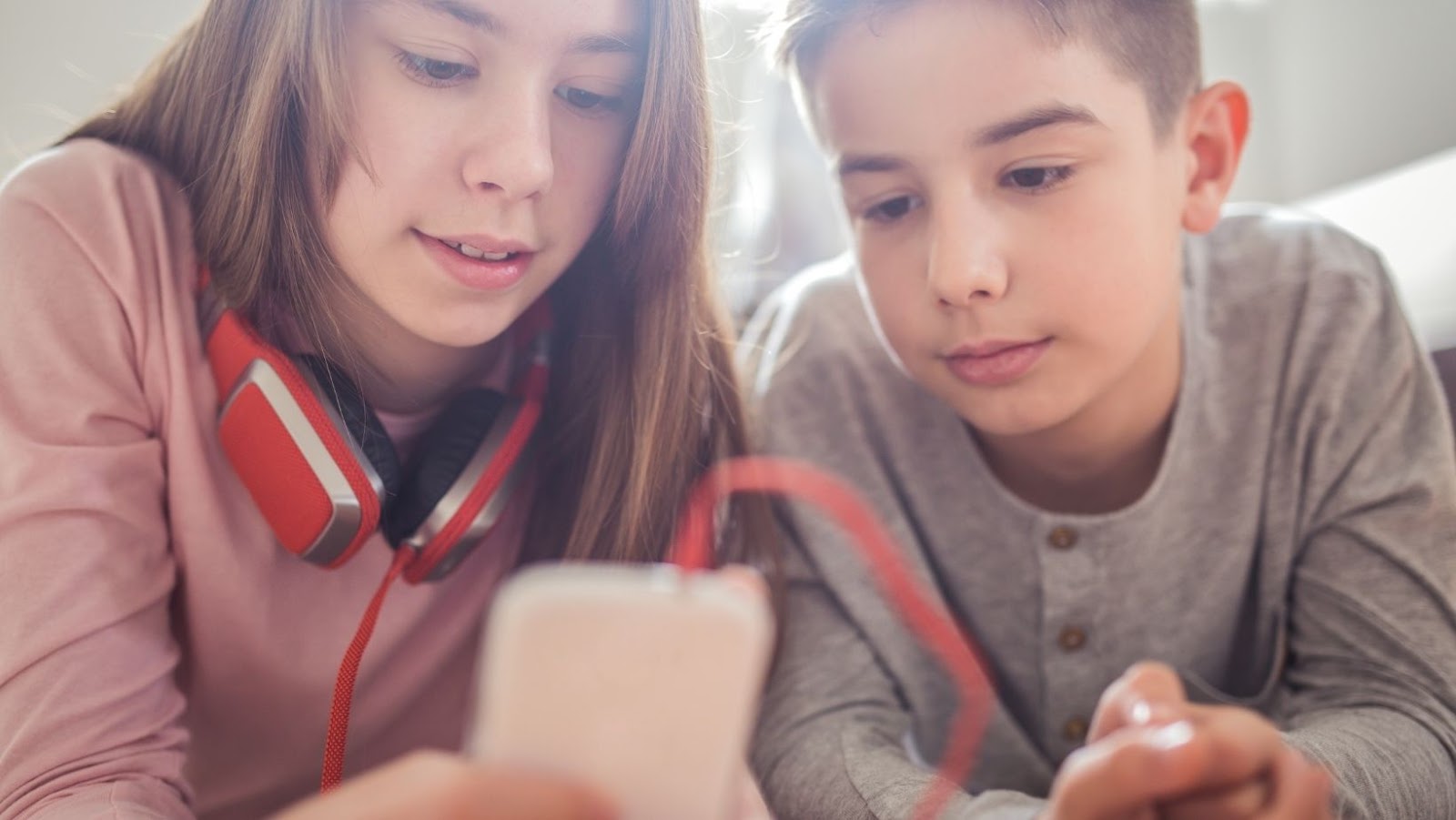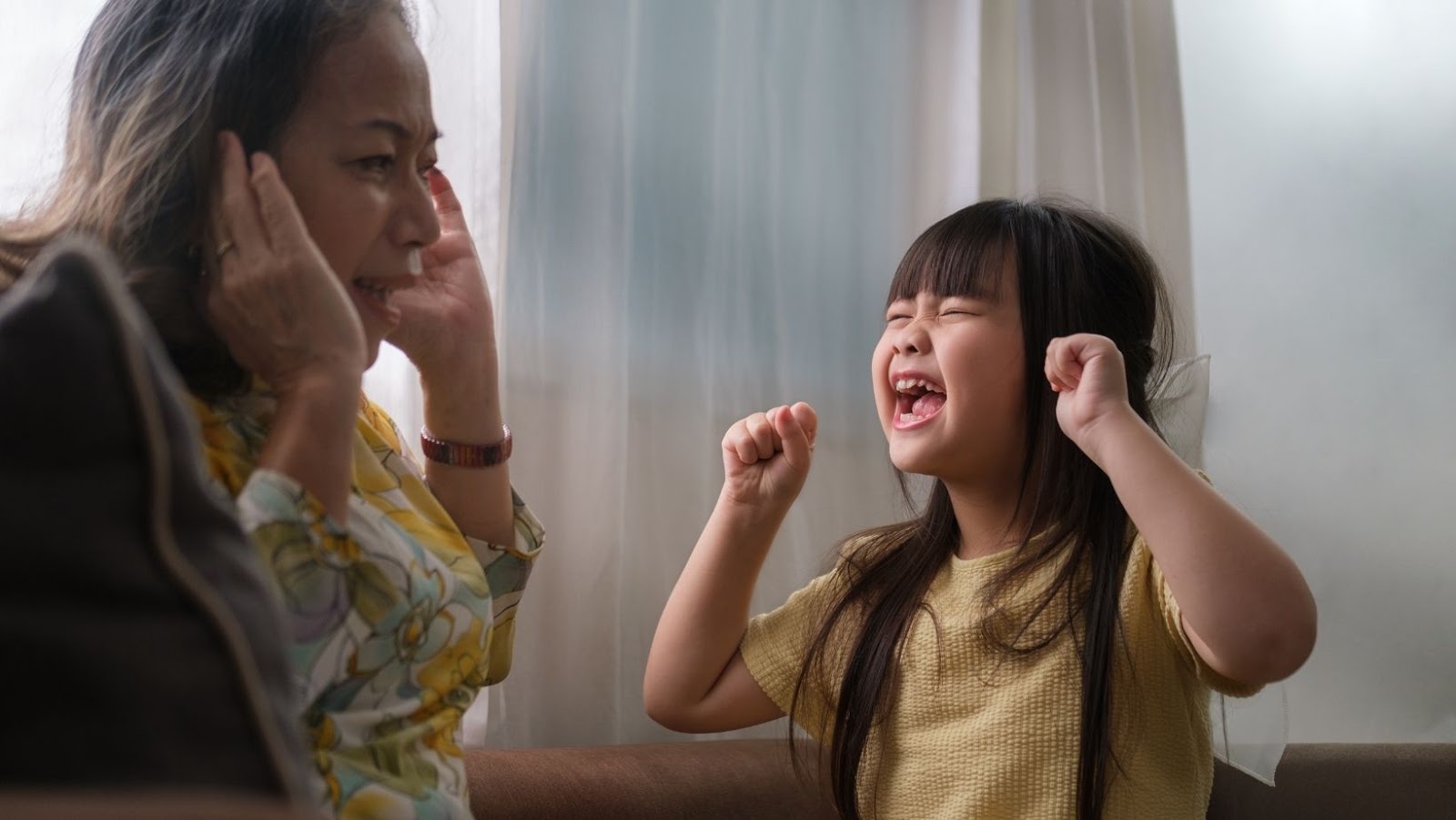Parents around the world are still reeling in the continued mayhem of the COVID-19 pandemic. If you feel like your parenting rhythms have fallen out the window, and your children are different people than you remember them being pre-COVID, you’re not the only one.
As we move slowly past restrictive stages and towards a bit more everyday normalcy, every person on the planet is navigating the aftermath of significant psychological trauma and stress and, in many cases, changes. Your kids are no different. Let’s explore some of the forces that COVID-19 has imposed and what we can do about it.
The Widespread Realities of the COVID-19 Pandemic
As a result of the pandemic starting in 2020, a few large-scale trends heavily affected most people’s realities and, for many of those people, became prolonged states that may continue even now.
First, technology use skyrocketed. Zoom meetings and video calls became the norm (and, for some, the only accessible channel for connection) nearly overnight for not only social conversations but work meetings and school days.
For the vast majority of people around the world, the average daily time spent in front of a digital screen increased significantly.
For many parents and children, this was exacerbated in a couple of ways. Parents were now forced to navigate their workday while being stay-at-home caretakers and educators. Helping children engage with schooling via screens and digital learning was no picnic.
This meant more time in front of that screen trying to figure it out. And during the hours, children weren’t engaging with screens for school.

More screen time in the forms of movies or other digital entertainment was one of the only ways to keep them occupied during work hours when other options like social and extracurricular activities or daycare weren’t available.
Second, lockdowns and restrictions limited or completely truncated opportunities for extracurricular activities and socialization.
Gone were the days of baseball practice and ballet class. Life changed from happening in a wide variety of spaces (ranging from the school and playground to the gym and park and community center) to happening entirely within the four walls of your home or apartment.
Third, COVID-19 fostered prolonged periods of heightened anxiety, emotional turbulence, and fear. From the international level to the personal level, upheaval existed everywhere. The news broadcasted doomsday forecasts.
The school board fought with the media. The workplace became more stressful as it pivoted, changed, and weathered massive shifts that affected nearly every industry.
And the home environment felt not only the residue of all of that turbulence but reverberated with arguments over vaccine decisions, best practices, safety, differing beliefs and opinions, and conflicting approaches to navigating it all.
Needless to say, there was a lot going on. And those types of happenings (especially in sustained amounts like we’ve experienced over the past 2+ years) have psychological and physiological effects that can impact behavior. Here’s how.
Effects of Technology On Our Psyche and Behavior
The use and availability of technology have benefited us in significant ways, especially during the COVID pandemic. For instance, the ubiquity of internet connection and access to devices made it possible for much of the world to remain connected and productive even when things were so restricted.

However, technology use has a dark side. Smartphones and screen time can be as addicting as gambling or cocaine. And this phenomenon not only has an effect on how someone might lose increasing amounts of time to direct technology use but also on how they act and behave when they’re not engaging with screens.
Effects of technology overuse or addiction can include irritability, behavioral issues, depression and anxiety, and sleep pattern interruptions. Sound familiar? Technology overuse can fundamentally affect children’s behavior. Unfortunately, as a parent during the pandemic, you didn’t have much choice. And neither did millions of parents face similar situations.
The Harmful Effects of Social Isolation
Technology wasn’t the only force causing a behavioral change in your child(ren). Social isolation can have potent and detrimental effects on anyone who experiences it.
Social isolation refers to the isolation that is forced by external circumstances beyond your control. COVID-19 exerted unwanted social isolation on countless millions of people – arguably the majority of the world’s population – for sometimes extended periods of time.
Being separated from others – one’s normal communities, peers, friends, and activities – can create a number of adverse effects that can be especially detrimental for children.
The socializing “work” that children engage in when spending time interacting with others normally provides an integral and vital part of their development into adults.
Without access to this process, it is difficult or impossible for children to learn skills and patterns that will serve them in the future, like taking turns, regulating emotions, negotiating, winning and losing, working through frustration, and compromising.
The Good News
Though the picture seems bleak, there is hope. As restrictions lift and life reaches a hesitant level of normalcy which should continue to strengthen with time, being able to replace an existence of tech-heavy social isolation with more regular interactions with others and more time engaging in face-to-face, interpersonal settings will help your children regulate and should begin to reverse some of the behavioral effects caused by a long, hard pandemic season.
You can help this process by encouraging your children back into social settings and activities that don’t involve tech and making it possible for them to engage in these types of activities.



























































